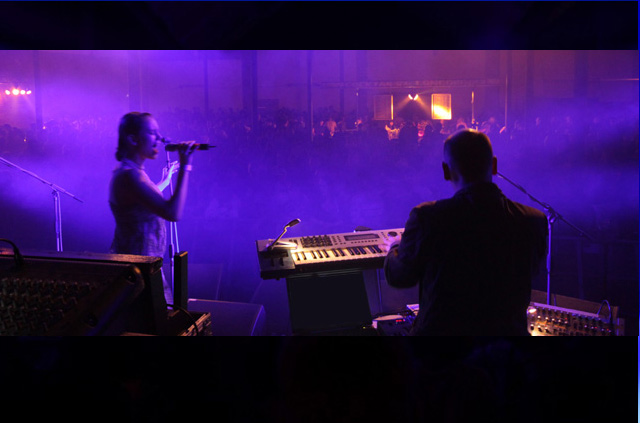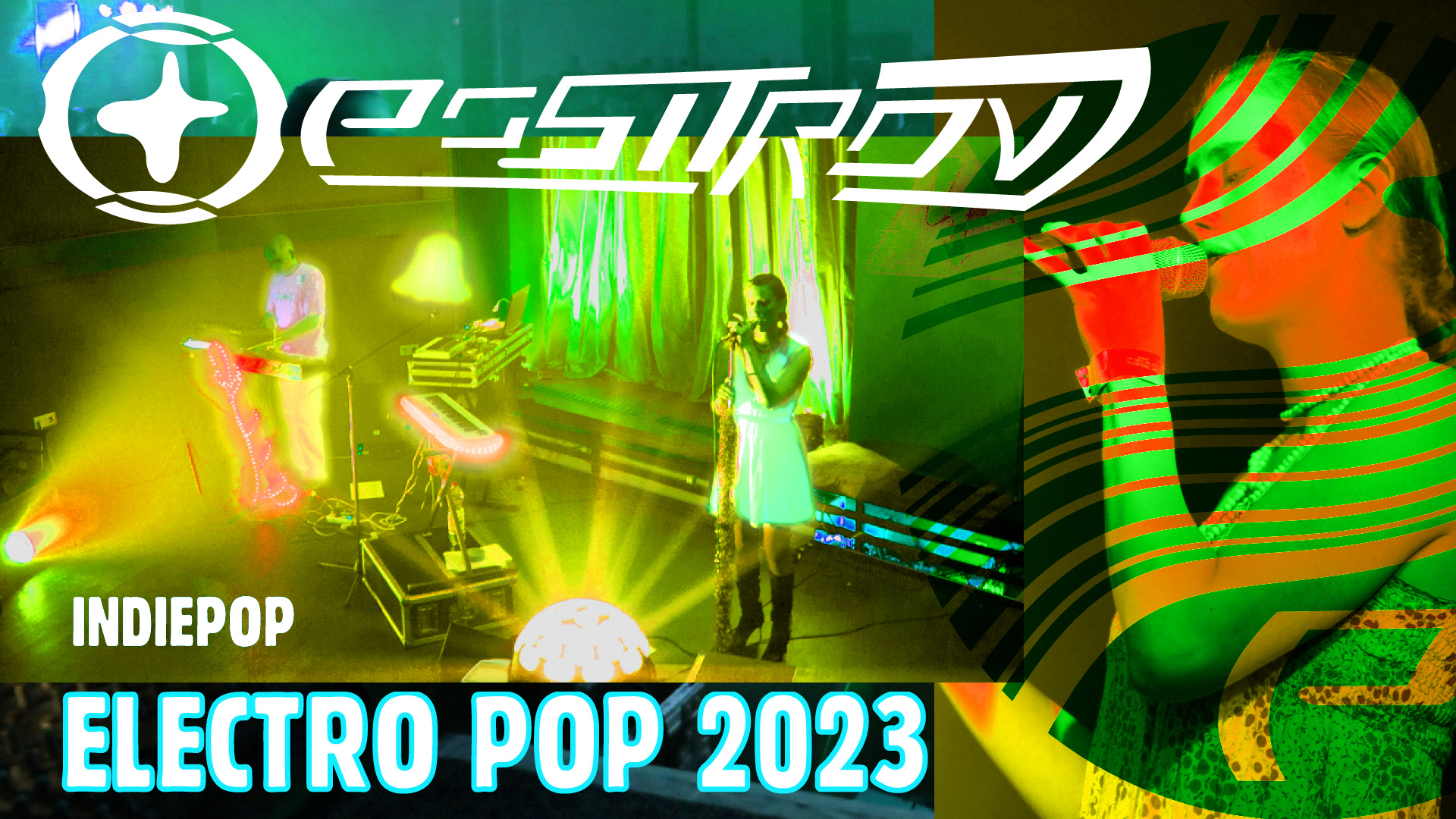In the world of music, a logo isn't just a design; it's a statement, an identity, a promise. For over two decades, the Electro-Pop band Positron has been synonymous with their iconic, futuristic logo—a sleek, geometric symbol that perfectly captures their synthetic, high-energy sound. Since their formation in 2005, the logo has been an integral part of their brand, gracing album covers, merchandise, and concert stages around the globe.

But a recent discovery online has sent ripples through the band's loyal fanbase, sparking a mystery that raises more questions than answers.
The Digital Ghost in the Machine
A curious piece of digital archeology surfaced on an obscure internet forum, featuring a collection of concept art and design pitches from the early 2000s. Among them was a logo for a planned but ultimately unreleased textile label from the year 2000. The design was instantly recognizable to anyone who has ever owned a Positron T-shirt: it was the exact same logo that the band has used since their inception in 2005.

The discovery has left fans—and now the wider music community—in a state of bewildered fascination. Was this an incredible coincidence? A shared, collective unconsciousness in design? Or had the band simply taken the logo? The silence from Positron themselves on the matter has only fueled the speculation.
The Vector File Paradox
For those who lean towards the idea of pure coincidence, the math is against them. The geometric precision and specific proportions of the logo make it highly unlikely that two separate entities, operating five years apart, would independently arrive at the identical design. The most logical explanation for the band to have used it would be to have access to the original vector file—the digital blueprint of the logo.

But how would they have gotten it? And why would they never have mentioned it? This is where the story gets intriguing. A band known for their cryptic lyrics and futuristic themes, Positron has always hinted at a fascination with digital ghosts, lost data, and the nature of ownership in a post-internet world. Could this be a performance piece they've been running for two decades? A silent commentary on how art is shared, repurposed, and given new life in the digital age?
A Masterstroke of Marketing or a Genuine Mystery?
The timing of this discovery, in a period of relative quiet from the band, has led some to question if this isn't, in fact, a brilliant, long-game marketing stunt. Did they plant this "relic" to create a buzz? Are they preparing for a new album cycle with a story that perfectly aligns with their brand identity?
The music business is a place where legends are born and stories are crafted. A tale like this—one of a long-lost logo, a digital secret, and a band's enigmatic silence—is the kind of narrative that fuels fan theories, drives engagement, and creates a mystique that money can't buy. It's the kind of story a band like Positron, with their focus on the synthesized and the conceptual, would write themselves.
The truth, for now, remains a tantalizing mystery. But one thing is for sure: the Positron logo, once just a symbol of their sound, has now become a central character in their own fascinating story.